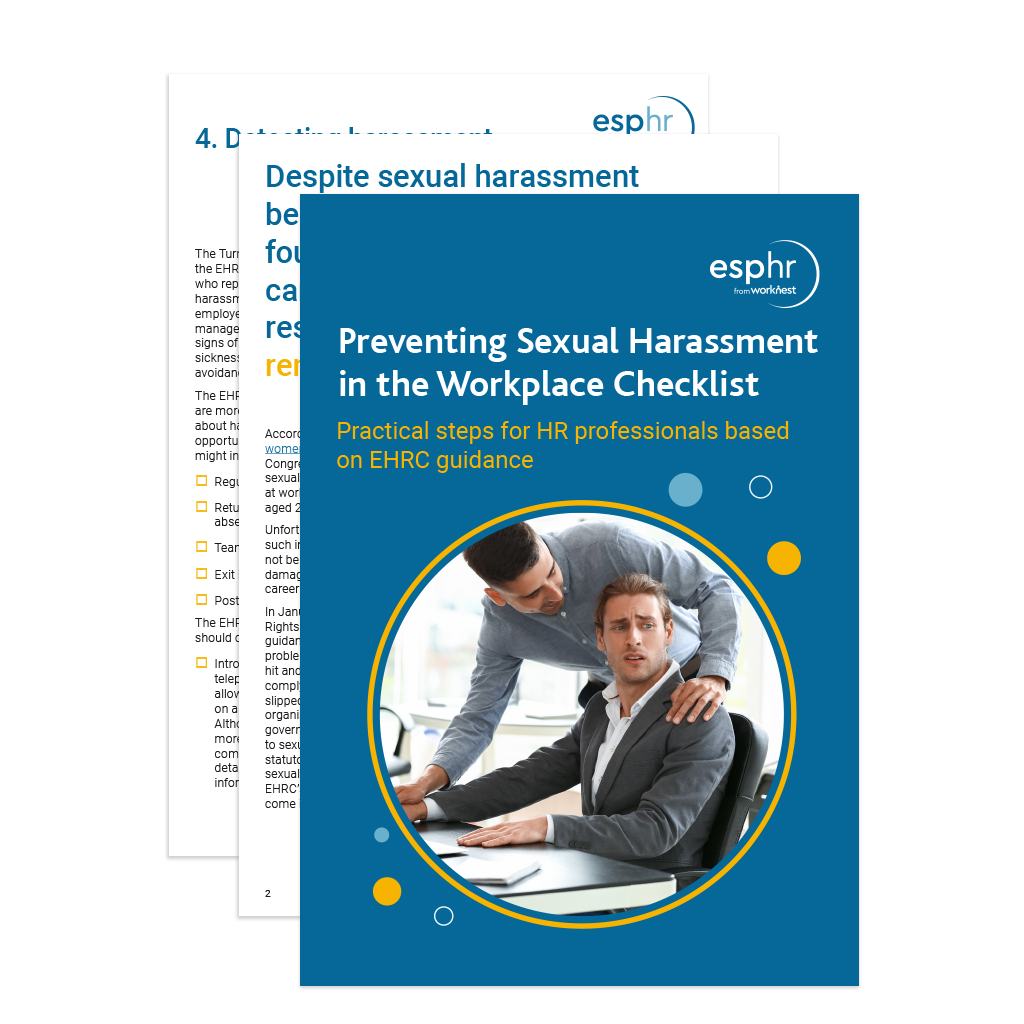It is possible to dismiss an employee for being AWOL (meaning ‘absent without leave’), but only after a fair and reasonable process has been followed, in line with the organisation’s disciplinary procedure.
Employers should make reasonable attempts to try to reach the employee first, as well as any emergency contacts that the employee has provided. The goal for the employer is to understand what the reason is for the unexplained absence – for example, the employee may have had a medical emergency and weren’t readily accessible.
After a reason has been established, the employer should assess whether it is a valid and acceptable explanation. If not, and the absence was deemed to be misconduct, the matter should be addressed through a fair disciplinary procedure. Dismissing the employee should be considered only as a last resort, particularly where there is a pattern of unauthorised absence or no satisfactory reason is given for the unexplained absence.
For employees with more than two years’ service, any dismissal must be fair and based on one of the potentially fair reasons under the Employment Rights Act 1996 — in this case, likely misconduct — and the employer must follow a fair procedure in reaching that decision.

